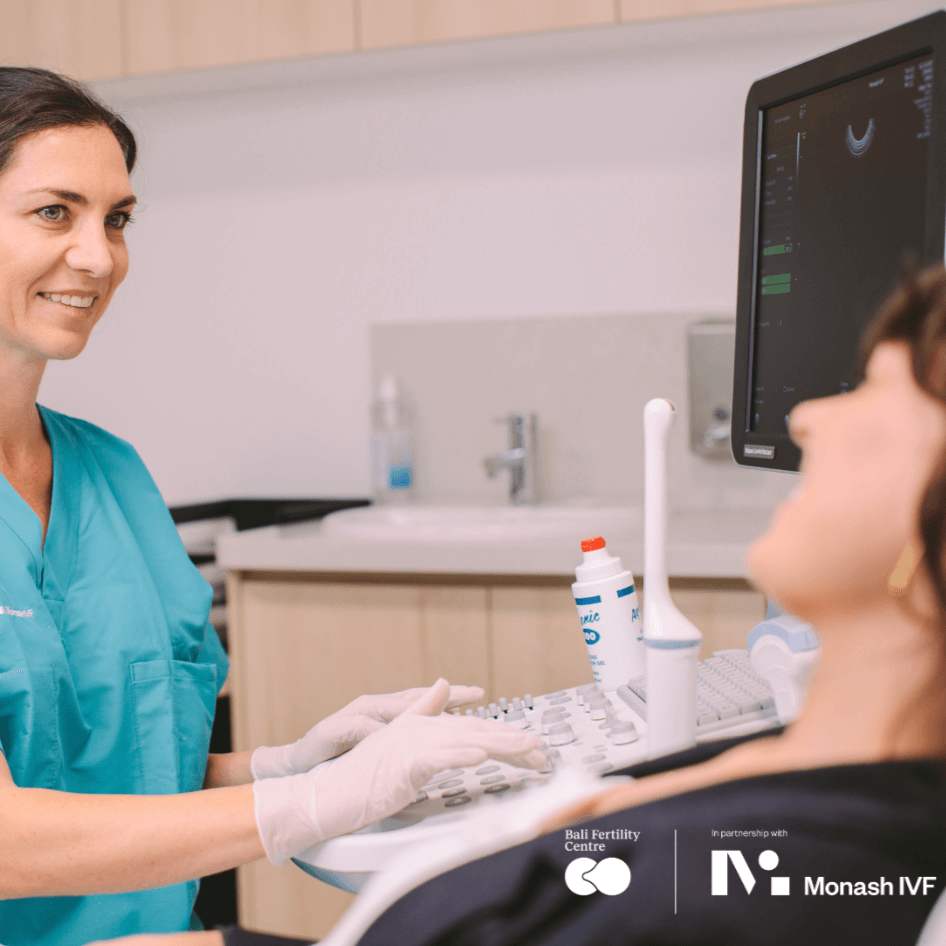ICSI – Intracytoplasmic Sperm Injection
Our expert scientists choose the ideal sperm from the sample in having normal morphology (shape/structure). Being able to identify morphologically normal sperm takes skill and experience that our scientists develop over many years, we leave no stone unturned in find the right sperm for every egg. The ideal sperm will have not only the normal morphology but also good motility (movement).


IVF using ICSI technique
In a normal IVF treatment, sperm and egg samples taken from the patients are allowed to combine in a petri/laboratory dish in a sterile lab setting in order to fertilize and form embryos. However, male factor infertility can often cause low fertilization rates using IVF alone, whether through a low sperm count, or inability of the sperm to attach to the egg. The ICSI technique can be used in these cases.
- During ICSI, our embryologist will inject a single sperm into each egg using a very small needle, ensuring fertilization. ICSI will increase the chances of fertilization to the same rates as couples undergoing IVF treatments without male factor infertility.
- ICSI will often be recommended for couples who have had unsuccessful IVF cycles or low fertilization rates in the past to increase their chances of successful fertilization and implantation. ICSI is also necessary when using sperm from testicular biopsies or via Microsurgical Testicular Sperm Extraction (micro-TESE). ICSI is also necessary for couples who choose to undergo genetic testing for their embryos before implantation.
What’s involved in IVF with ICSI?
- Like IVF treatments, the ICSI procedure requires that the female undergo hormonal treatment to stimulate the ovaries (follicle stimulation). During the stimulation stage monitoring of your progress will be done by your fertility specialist via ultrasound.
- – The eggs will be removed using transvaginal ultrasound. Semen samples by your partner will be given by masturbation and will be processed to separate out individual sperm cells. These will then be injected into the eggs and allowed to develop for about 5 days (ICSI technique done by the embryologist).
- The best embryos will then be chosen for implantation back into the uterus, where it can implant and lead to a successful pregnancy.
- The implantation procedure is an outpatient non-surgical process with a short recovery time of 1-5 without any strenuous activity.
- After two weeks, the patient will then return for a pregnancy test in the clinic. If the embryos have not implanted at this time, you may be able to begin another cycle of IVF after about one month.

IVF with ICSI treatment steps
- Stimulation of follicle growth
- Cycle monitoring through ultrasound
- Trigger medication
- Egg collection/egg retrieval (oocyte pick up (OPU) procedure done by a fertility specialist
- Sperm sample collection by your partner will be given by masturbation
- Insemination of eggs in the laboratory
- Growth of embryos in the laboratory
- Culturing of eggs or embryos
- Freezing and storage of eggs, sperm or embryos
- Embryo transfer (ET) / frozen embryo transfer (FET) procedure done by a fertility specialist
- Luteal phase medication, if applicable
- Two-week waiting period after embryo transfer
- Pregnancy blood test taken at the clinic and post embryo transfer monitoring
The ICSI technique has completely revolutionized the treatment of male fertility since its introduction in the early 1990’s and can increase your chances of conception during In-vitro fertilisation (IVF) treatment.
Learn more about your fertility options by consulting with one of our fertility specialists at Bali Fertility Centre.
Book a nurse chat to get your questions answered. Our nurse chat is a complimentary service, exclusive to Bali Fertility Centre. Ask us anything!

